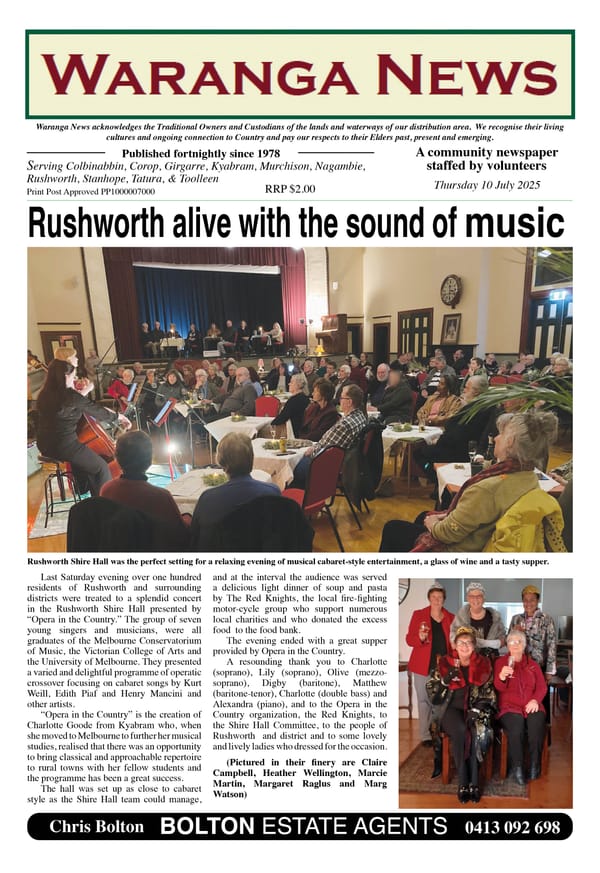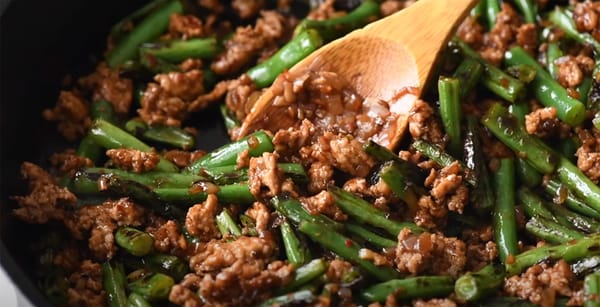13. Mourning - a staple food

One of the staple foods collected by Aboriginal women of the Ngurai-illum Wurrung was the roots or tubers of murnong (Microseris lanceolata), commonly known as the yam daisy. Prior to colonisation, murnong was widespread on the northern plains between the Goulburn and Campaspe Rivers. Within a short space of time in the 1840s, with the influx of sheep and cattle, it became quite scarce. Squatter Edward Curr wrote later that “several thousand sheep not only learnt to root up these vegetables with their noses, but for the most part lived on them for the first year, after which the root gradually began to get scarce”.
The loss of Aboriginal methods of cropping, because of their exclusion from country, was also a factor. Prior to the 1840s, there is plenty of evidence to suggest that Aboriginal people deliberately promoted the growth of murnong, partly through a burning regime which “cleared away any dead vegetation, leaving open ground, fertilised by ash, eminently suited for growth. Plants sprouting from underground organs are able to regenerate very rapidly after fire…”
HARVESTING MURNONG
The process of systematically collecting murnong also had the effect of promoting the growth of a crop for future collection on a sustainable basis. Women used pointed digging sticks to collect the roots, and “the continual digging over of the soils for roots was one of the important factors in maintaining a loose, well-aerated soil.” This in turn provided better conditions for the remaining plants to thrive.
There are currently attempts being made by Bruce Pascoe (author of Dark Emu) and friends to grow murnong on a commercial basis. It has the potential to at least supplement potato in our diets and is apparently infinitely more nutritious than potato.
EATING THE TUBERS
“The tubers can be eaten raw and have a radish-like texture with a sweet and unique coconutty and grassy flavour. Roasting or frying murnong renders the taste similar to a potato, but with a naturally saltier flavour. Traditionally, they've been cooked in fire pits.” (SBS website – Shane Delia’s Recipe for Life, June 2018)
Storage is similar to other root crops that we use today. Aboriginal people would have harvested only what they needed on a regular basis, so the need for storage was minimal. However, there are records of roots being carried on a journey of 14 days and then used for trading. It is quite conceivable that in areas where there was plenty of murnong, it might have been harvested and then traded to areas where it was less common, in exchange for goods that Ngurai-illum Wurrung Country lacked.
TRADE ROUTES
“Today we might understand a ‘trade route’ to be a particular route or passage of travel from one location to another in order to buy and sell commercial goods for monetary profit. For Australian Aborigines a trade route was an ancient and pre-designated passage through the landscape, often ‘mapped’ out in song, for the purpose of meeting at particular locations of great cultural and mythical-historical importance, and ceremonially exchanging, renewing and reinforcing friendship rites with other Aboriginal tribal groups, clans or nations. At these locations, goods, objects or Dreaming songs considered valuable for their spiritual, religious, cultural and artistic worth were exchanged or passed from one group to another.” (National Film and Sound Archive website)
It would be interesting to know where these routes were in the Ngurai-illum Wurrung country and what range of goods were traded across them. Murnong could well have been one.
Reference: Gott, Beth, Murnong…a study of a staple food of Victorian Aborigines (in Australian Aboriginal Studies, 1983 No 2)




